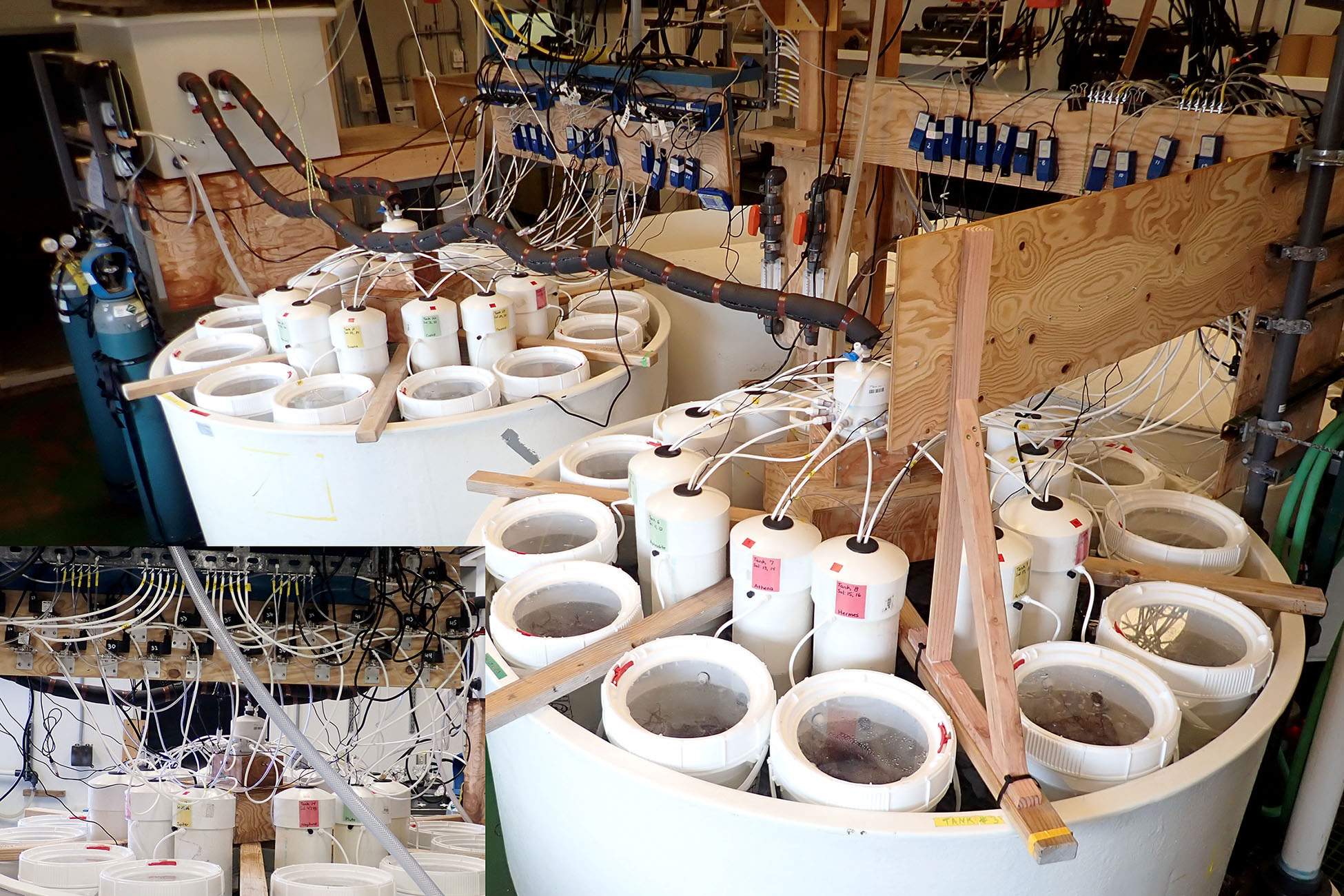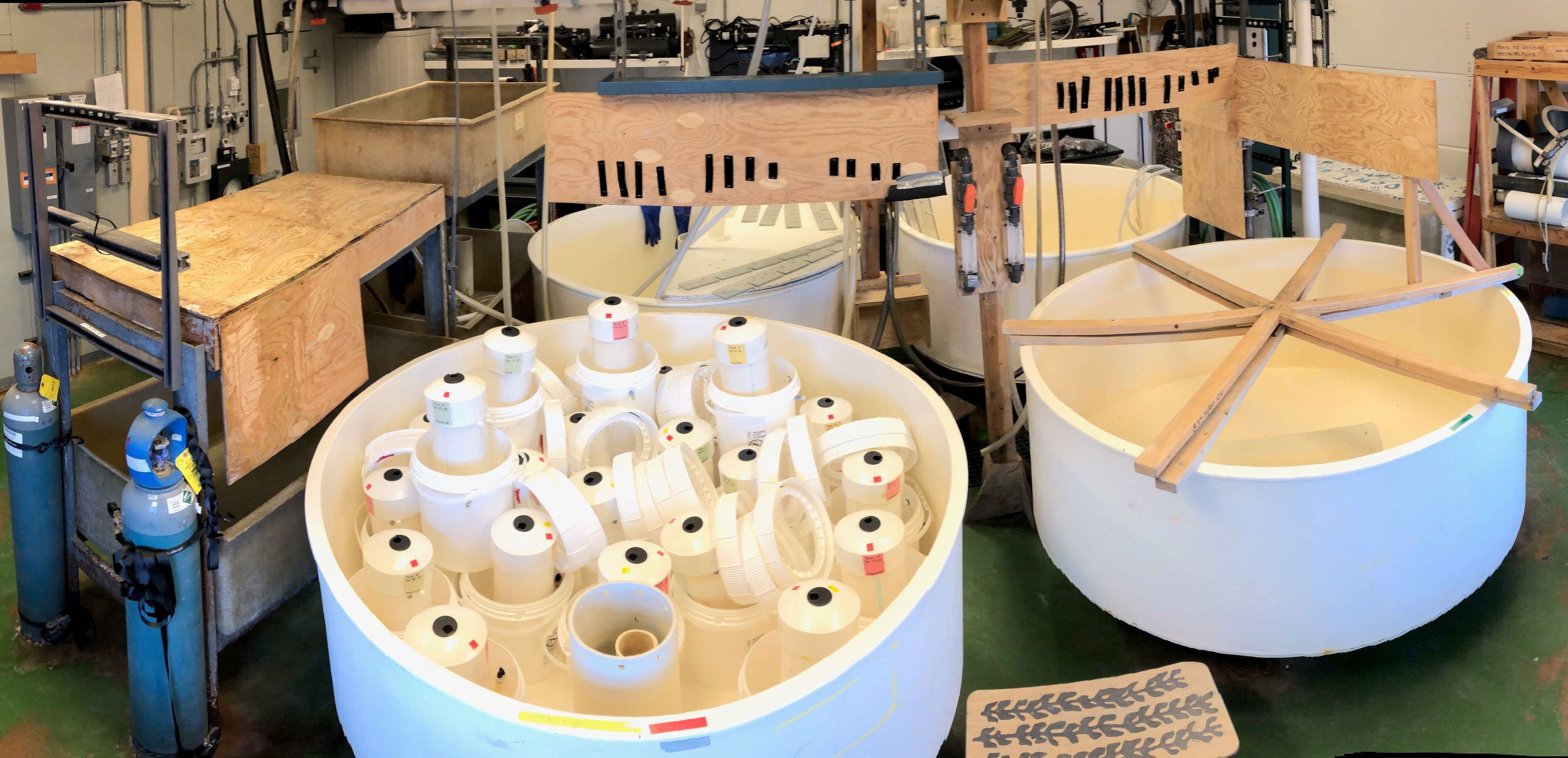 It was the evening of March 18th, 2020 at Palmer Station, Antarctica. As Station Science Leader (SSL), I had the luxury of my own office, and was there having a sobering conversation with Bob Farrell, the Station Manager and a long-time friend.
It was the evening of March 18th, 2020 at Palmer Station, Antarctica. As Station Science Leader (SSL), I had the luxury of my own office, and was there having a sobering conversation with Bob Farrell, the Station Manager and a long-time friend.
The world north of us was going covid-crazy. Life at Palmer was pretty normal for us scientists and the summer support staff. The National Science Foundation (NSF), which funds our work and the station, had cut off visits from tourist ships and research vessels from other nations’ Antarctic programs in late January. The last time anyone at Palmer had been in contact with the outside world was over a month before. We weren’t worried about being around others. We weren’t masking or social distancing. The station had plenty of toilet paper.
Yet, as Bob and I were discussing, things going forward would not be as planned. Most of the people on station, including almost all of the staff and all the scientists except for Hannah, were scheduled to leave on the support and research ship, Laurence M. Gould (LMG), in early April. That cruise was to bring in the winter station staff to replace the summer staff, and also the containers of food shipped from the US to feed them all winter.
The craziness in the world to the north was reaching us after all. Disruptions to shipping networks were delaying the containers of food for what we knew would be a minimum of two weeks, likely longer. Moreover, it wasn’t at all clear how the winter staff, scheduled to replace the summer staff, would be able to leave the US and travel through Chile to get on the LMG in the Chilean port city of Punta Arenas. It was clear that no LMG cruises would be scheduled after the one bringing the winter staff and food, so Hannah and the others planning to stay a little longer would need to come out on that cruise too.
From Team UAB’s perspective, a couple extra weeks with Maggie, Hannah, and me on station would actually have been a good thing. It had taken us over six weeks, much longer than anticipated, to set up our elaborate ocean acidification experiment pictured above. (You will be reading a lot more about that in future posts. This year’s experimental setup will be similar.) Allowing it to run a couple extra weeks would result in the experimental duration being closer to the length of time we’d originally planned. Plus, Palmer is simply a wonderful place to live! (As you will also read a lot more about.) Compared to what we were hearing and reading about the rest of the world in March 2020, staying at Palmer longer seemed to have a lot of advantages. Did I mention that we had plenty of toilet paper?
About mid-morning the very next day, everything started to change. I’d come up to my office from the lab and aquarium where Hannah, Maggie, and I had been doing our daily water chemistry checks (again, you’ll read more about those). Bob came back into the office, looking a little shell-shocked. He told me that the other US Antarctic research ship, the Nathaniel B. Palmer (NBP), might be coming to Palmer Station in four or five days to take all the scientists north. No “if you want to” involved. All of us north, no choice. It wasn’t certain yet, but as SSL, I needed to go around to all the other science group leaders to tell them to begin to prepare for the possibility.
A couple hours later, around lunchtime, it was a certainty. The NBP would be there on the morning of the 24th to take us to Chile. The NBP was just finishing a two-month research cruise south of Palmer as part of a joint project co-funded by Great Britain. Because of the crazy world, the British government wanted their scientists to be dropped off a British research station that is about a day’s sail south of Palmer. Ironically, doing so would free up enough bunks for the all the Palmer Station scientists plus a few of the support staff. NSF decided they wanted as many people as possible to leave station while there was an opportunity to do so.
I mentioned that it took us over six weeks to set up the experiment pictured at the top. Below is a picture of what it looked like four-and-a-half days later. Samples taken and preserved. Everything cleaned and dried. All the electronics stored. The lab and our major instruments cleaned and packed. All our dive gear cleaned, dried, and packed. We didn’t sleep much, and we had a lot of help from the station staff, particularly from Randy Jones, the lab manager.
At the time, we naively thought we’d be back at Palmer in December 2020 for the second of two planned field seasons on our ocean acidification project. That’s why we were allowed to leave much of the experimental setup in the aquarium as you see above. Not too long thereafter, though, we learned the crazy world was not going to let that happen. Randy once again came to our aid, this time carefully packing up everything you see in the aquarium above for warehousing in Punta Arenas as storage on station is limited.
The summer station staff, which had been at Palmer since early October, was not able to be relieved by the winter crew until July instead of early April (remember, the seasons are reversed in the southern hemisphere). Those containers of food didn’t get there until then either. It was probably a good thing that there were many fewer mouths to feed for all those months.
Continuing pandemic issues meant the 2020-21 Antarctic research season was almost nonexistent for Palmer science. There was a skeleton support staff and just four scientists to maintain a long-term project. Palmer science was totally nonexistent the next year. Construction, rather than virus the cause then. The station pier was in desperate need of replacement – a project that had long been planned for 2021-22. That major construction effort took all the available dorm room space and more. There were even people living in the SSL and other science offices (with the desks replaced by beds).
So, instead of writing this in December 2020, I’m writing it in December 2022. Maggie, Addie, Hannah, and I leave for Punta Arenas soon, sailing just before Christmas. Jami will join us in February. Jim will not be coming this season but will be contributing his insightful entries from Alabama. We all are very much looking forward to sharing our adventures in science and Antarctica with you!